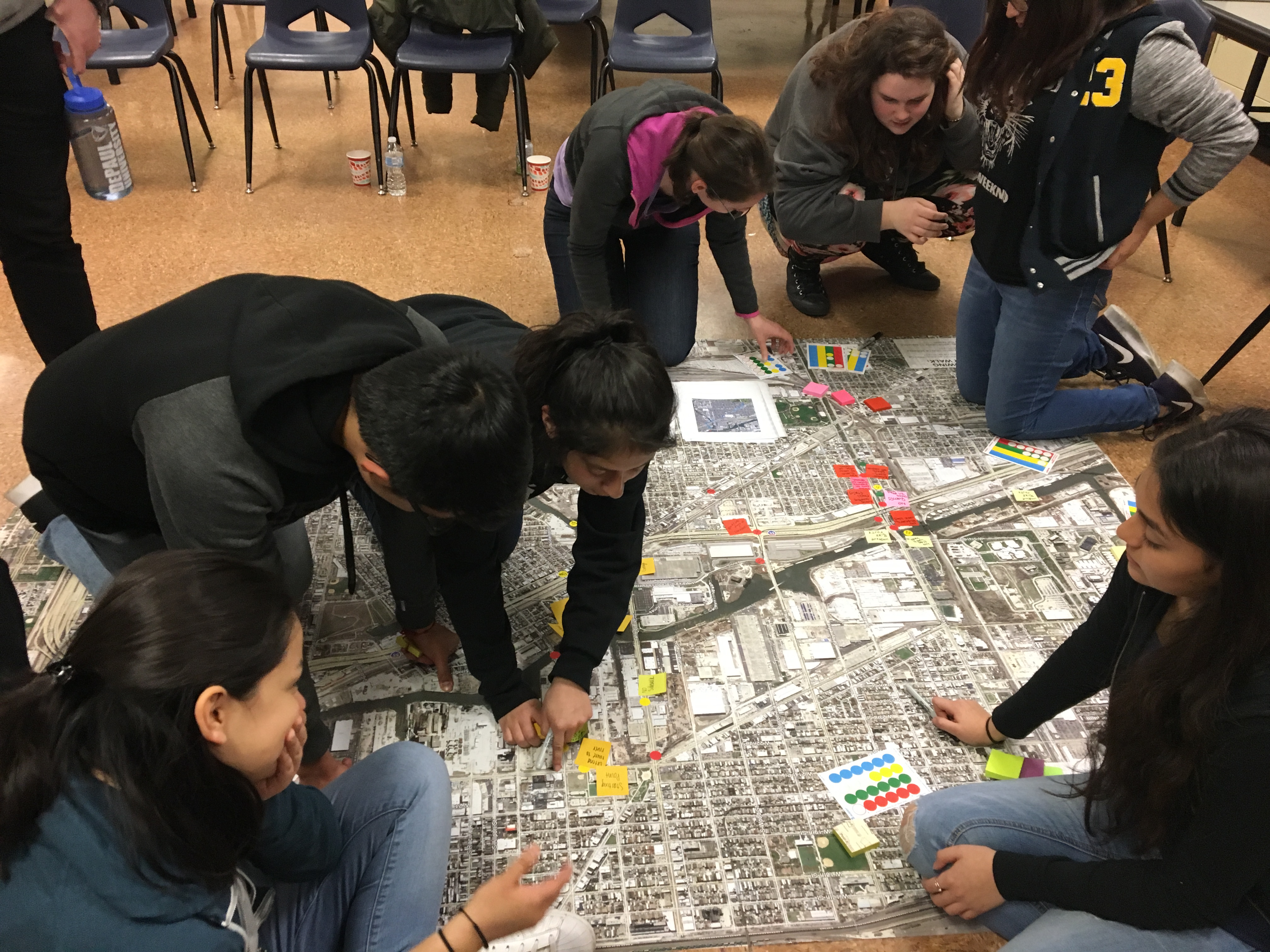
SmithGroup
Park 571 could support a wide range of programming to engage the surrounding communities
As the City continues to look toward expanding riverfront improvements beyond downtown, there is growing interest in the South Branch of the Chicago River. A group of partners working along the South Branch has been working to create a framework plan for improving the physical and social connections between the three existing South Branch Parks (Park 571, Canal Origins Park and Canalport Riverwalk), and to document priorities and concerns with regard to a future Chicago River Trail extending to Park 571 and beyond. The resulting framework plan and recommendations are now ready to be shared.
The South Branch River Trail Priorities Report—authored by the Metropolitan Planning Council (MPC), Active Transportation Alliance (Active Trans), Friends of the Chicago River (Friends), and CannonDesign Open Hand Studio—captures the concerns, priorities, and recommendations for planning a riverfront trail. The project team worked with local partners such as Benito Juarez Community Academy, Burroughs Elementary School, Brighton Park Neighborhood Council, and McKinley Park Development Council to conduct interviews, surveys, walking audits, and bike and paddling trips. This data gave the team insights into local priorities and how a riverfront trail could help support community goals. The opportunity areas include arts and culture, public health, economic development, and sustainability, and the recommendations include programmatic, infrastructural, and social changes. The recommendations in the Priorities Report include:
- Designing flexible, multi-purpose spaces that cater to families, and all ages and abilities
- Provide access points to the rivers at each major road crossing (Halsted, Ashland, Damen, Pulaski), and increase wayfinding to the rivers and parks
- Work with affordable housing developers, nonprofits, and community organizations to plan ahead for and minimize displacement risks that come with development
- Center environmental justice, and human and ecological health in the planning process
- Incorporate multicultural public art into a trail design
See the Active Transportation Alliance's blog post for more information about the walking and biking recommendations.

MPC
Students from Benito Juarez Community Academy and Burroughs Elementary School participating in the walk audit debrief.
The South Branch Parks Framework Plan—authored by the South Branch Park Advisory Council (SBPAC) and SmithGroup—conveys actionable projects that can help improve the three South Branch parks and connect the parks and the surrounding neighborhoods. The project team held several public visioning sessions to gather input. The plan contains recommendations around connecting the parks physically, building upon the prominence of the water in the parks, and expanding uses and programming of the parks. The Framework Plan is an example of the type of local document that every neighborhood should be supported in creating to push forward their priorities and desires. Recommendations in the Parks Framework Plan include:
- Create a pedestrian crossing at Bubbly Creek
- Provide safe and direct options for crossing Ashland Ave
- Make the Damen Slip a usable part of Canalport Riverwalk
- Improve lighting and sightlines for security
Explore the Parks Framework Plan more with this interactive presentation.

SmithGroup
The "Build Your Own Park" activity at the visioning session at Park 571.
MPC, the South Branch Park Advisory Council, and our partners look forward to working with DPD, CDOT, the Park District as well as other city agencies, civic organizations, and community organizations to move forward these recommendations while pushing for processes that will center and address the communities' desires and concerns.
The recommendations put forth in these documents should be considered in relation to other simultaneous planning efforts along the South Branch. The Chicago Department of Transportation is studying how to extend the Chicago Riverwalk south to connect with Ping Tom Park and the emergent Roosevelt St. development, "The 78." The Department of Planning & Development's newly minted Chicago River Design Guidelines will guide future riverfront development, including a focus on natural conditions and recreational access, with specific guidelines for Bubbly Creek. DPD has also held two public meetings to begin visioning for a new riverfront park on Throop St. The nearby El Paseo trail planning process is also bringing attention to the possibilities and challenges of riverfront connections in the area, as are the plans for Little Village's riverfront Industrial Corridor and the redevelopment of the former Crawford and Fisk coal plant sites, both now owned by Hilco.
----------
The South Branch Parks Framework Plan & Priorities Report were funded by the Searle Funds at the Chicago Community Trust, through the Our Great Rivers grant.